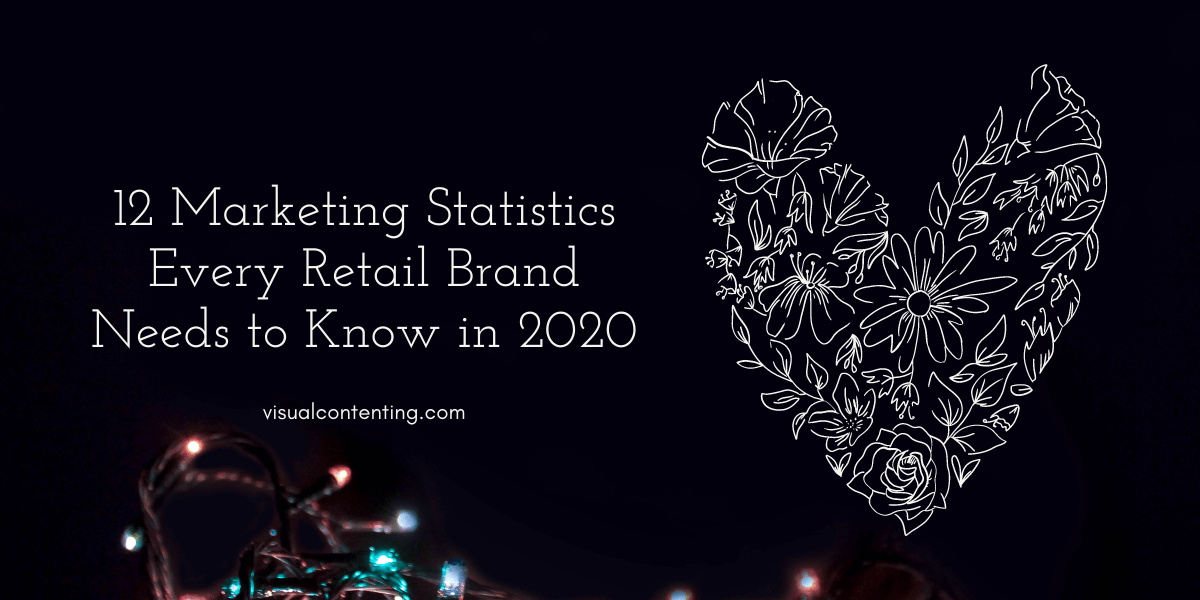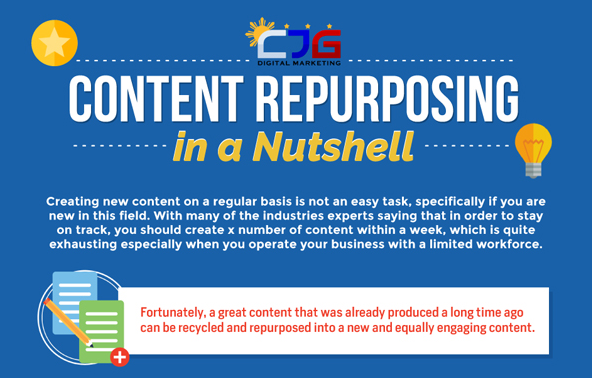The COVID-19 pandemic continues to disrupt the world and change the ways people do business. For example, retailers should expect a significant transition to online sales as more people stay home and avoid situations that could increase their chances of spreading illness.
Online marketing — along with other purposeful actions — can help retailers make smoother adjustments and meet new challenges.
Here are 12 marketing statistics useful for retailers to know this year.
1. 77% of Germans Over 55 Used the Internet for More Product Research in 2020
An investigation of how German residents changed their shopping habits due to the pandemic showed that 77% of people in the 55+ age group used the internet for product research more often in 2020. That represented a 22% jump over those reporting the same behavior during the previous year.
Those findings prove valuable for brands outside Germany, too. There's a common misconception that older adults are technophobes who avoid the internet except for straightforward uses. However, the fact that more than three-quarters of those polled turned to the internet for product research indicates more marketers can reasonably expect people elsewhere to follow suit.
2. E-Commerce Will Grow 18% This Year
Analysts from eMarketer concluded that — despite the pandemic — the e-commerce sector would experience an 18% growth in 2020. Marketers can capitalize on that momentum by assessing their online destinations and determining how to improve the overall customer experience.
Beyond that, they should investigate how sales and other promotions could attract new customers and satisfy existing ones. When an e-commerce store fails to meet needs, people go elsewhere. However, they stick around when feeling pleased.
Recommended: Tips to up Your eCommerce Game
3. More Than 43% of Leading Retailers Offered Curbside Pickup in August 2020
Research from retail analysts shows shoppers are holding off on in-store visits during COVID-19, even when retailers take safety precautions. From a marketing perspective, professionals should explore how they can keep customers spending, even if they don't go inside. Curbside pickup is an excellent option.
Statistics showed that 43.7% of respondents from 245 highly ranked retailers offered curbside pickup as of August 2020. Only 6.9% of them did at the end of 2019, illustrating the speed of that transition. Curbside pickup services could fit into a retailer's plans particularly well if the company wants to attract lapsed customers and encourage them to buy without shopping in a store.
4. 47% of CEOs in Consumer Markets Will Build Brands Through Social Media This Year
A 2020 survey of company leaders in the consumer space found that nearly half of them will use social media, instead of traditional marketing, to build their brands in 2020. The response came from a research question that asked what they would prioritize or invest in over the next 12 months.
Even more significantly, fully two-thirds said they would emphasize the user experience. Some social media campaigns could arguably achieve both those goals simultaneously. Knowing what retail CEOs plan to do helps other companies become more competitive by providing realistic expectations.
Recommended: How to Successfully Promote Your Small Business on Social Media
5. 70% of Retailers Using Advanced Personalization Achieved Returns on Investment of at Least 200%
Calculating the return on investment (ROI) is necessary for helping retailers decide how to spend their budgets. A statistic from Kibo's recent fourth annual Personalization Study found that advanced personalization efforts to appeal to customers could have substantial payoffs.
The ROI was at least 200% for 70% of the retailers that deployed such methods. The research also revealed that three-quarters of marketers currently use advanced personalization, and they do so across mobile app, on-site and in-store channels.
6. 53% of People Say They Will Never Shop With Brands That Sell Their Data
Consumers weigh a variety of factors when deciding where to make their purchases. Data collected from the 2020 Global Marketing Trends Report published by Deloitte found that whether a brand sells data to third parties makes a remarkable difference in how customers feel.
The results indicated that 53% of people would never shop with retailers that sell their data. A related data point said 40% of respondents thought brands should not profit from their information. These conclusions strongly suggest retailers should pursue other approaches if they sell customer data or plan to start.
7. 41% of Retail Marketers Use Mobile Apps to Reach Customers
It's becoming more common for marketers in the retail realm to offer mobile apps for better customer outreach. According to AllianceData's 2020 Retail Trends Report, 41% of marketers use them for that purpose. Sally Beauty, Dooney & Bourke and Foot Locker were brands cited in the content as succeeding.
An additional finding was that customers know what they want for an app's functionality. They rated all but two of the 18 app features examined in the report as "somewhat to very important." Given that conclusion, marketers should consider asking customers to give feedback before an application launch happens.
Recommended: 6 Kinds of Mobile Content to Create in 2020
8. Less than 8% of Brands Plan to Produce Less Content This Year Than in 2019
When brands determined what to cut from their 2020 budgets, content production usually did not factor into the reductions. A 2020 brand marketing study found that only 7.8% of those polled intended to make less content this year, compared to last.
That survey was not solely for retail professionals. However, it gives a valuable understanding of brands' plans that retailers — or people from any sector — could use. Of the participants, 54.9% indicated they were in business-to-consumer organizations.
Recommended: 4 Content Marketing Strategies for Driving Traffic and Sales
9. Only 34% of Retail and Consumer Packaged Goods Companies Use Data and Analytics Tools Effectively
Retailers can feel more confident in their decision-making and reduce their dependence on guesswork if they tap into data and analytics tools. However, according to the 2020 Retail & CPG Customer Behavior Survey commissioned by Outlier, only 34% of respondents reported that their companies know how to use them well.
In contrast, 91% agreed that using data and analytics platforms to track data about customer behavior is crucial for staying competitive. These retail statistics show that if companies plan to invest in those offerings, they should devote plenty of time to giving marketers the training and time they need to know the products inside and out.
Recommended: 6 Marketing Data Tools that Go Beyond Google Analytics
10. Nearly 7 in 10 Consumers Expect a Permanent Shift to Digital Payments
The COVID-19 pandemic accelerated many retailers' efforts to provide contactless digital payments for their customers. A June 2020 survey showed almost 70% of consumers believe that will be a permanent change.
The study, which polled people in 15 markets, indicated that 46% of people in the Asia-Pacific region use cash less often, and two-thirds of those in Latin America reduced or stopped using it. In Europe, 64% of people said cashless methods were their preferred ways to pay. From a marketing perspective, this means companies should promote the fact that they offer them, or begin rapidly exploring how they could provide the options soon to remain relevant.
11. 82% of Americans Expect Retailers to Offer Expedited Shipping During the Holiday Season
Due to the ongoing shift toward more e-commerce sales, many retailers may soon focus on their online offerings more than ever. As they do, marketing team members need to examine how to make shopping online as appealing as possible.
A survey from RetailMeNot showed that people prefer free shipping over expedited options. However, getting things faster matters more during the holidays, with 82% of Americans expecting retailers to offer that benefit this year.
Moreover, 44% said they would wait longer to shop for gifts, knowing the option to receive them faster exists. These things mean companies must ensure they can logistically handle a shipping surge before highlighting fast shipping as a reason to buy.
12. 50% of People Purchase and Become Loyal When Seeing Personalized Content
Besides wanting and expecting personalization, half of the people polled in a survey about direct-to-consumer brands were more likely to purchase from and show loyalty to companies that give customized brand content to consumers on digital devices. Personalized content can get people more interested right away and encourage them to keep doing business with the brands that offer it.
The survey suggested artificial intelligence, customized messages embedded in media and bespoke products as possibilities associated with personalized material. However, marketers should keep in mind that there is a fine line between showing people content that matters to them and making them feel uneasy because it seems brands know too much about them.
Using Retail Statistics to Shape Future Decisions
It's impossible to know for sure what's on the horizon. However, these marketing statistics offer useful insights to help companies make better choices when reaching their customers. Becoming more impactful in that way could favorably influence profits and customer perceptions for retail brands of all sizes and types.
Related Posts
Devin Partida writes about topics concerning tech and the internet. She is also the Editor-in-Chief of ReHack.com.



